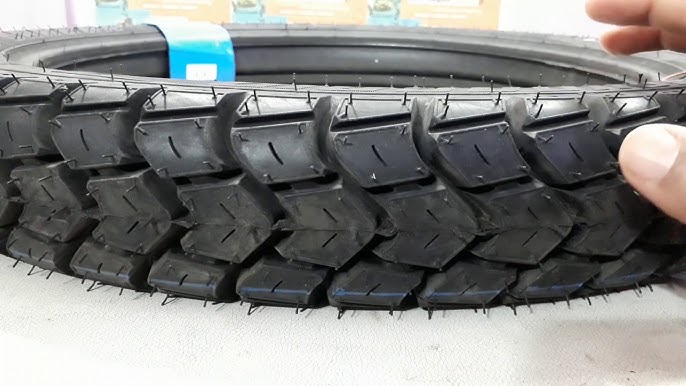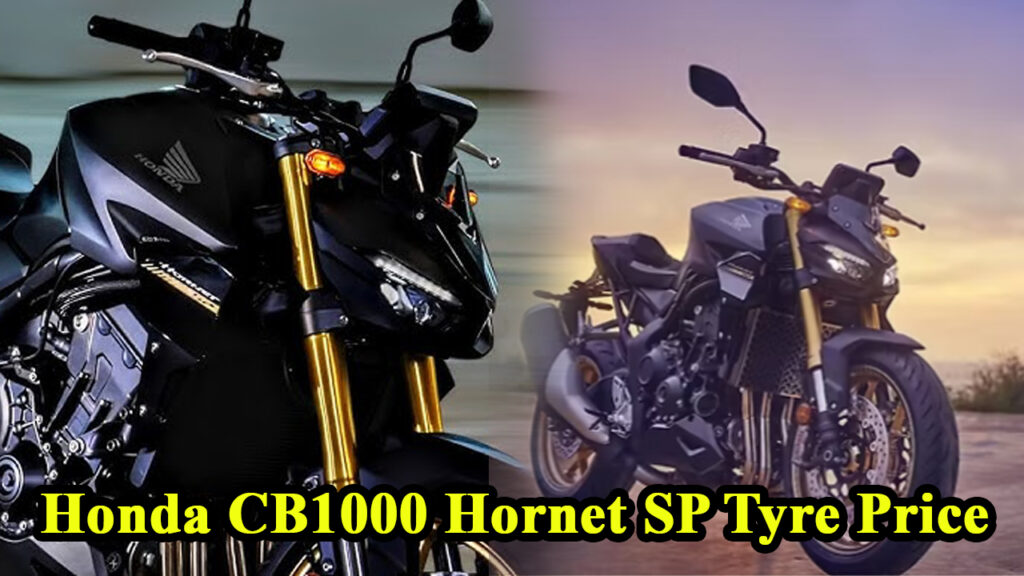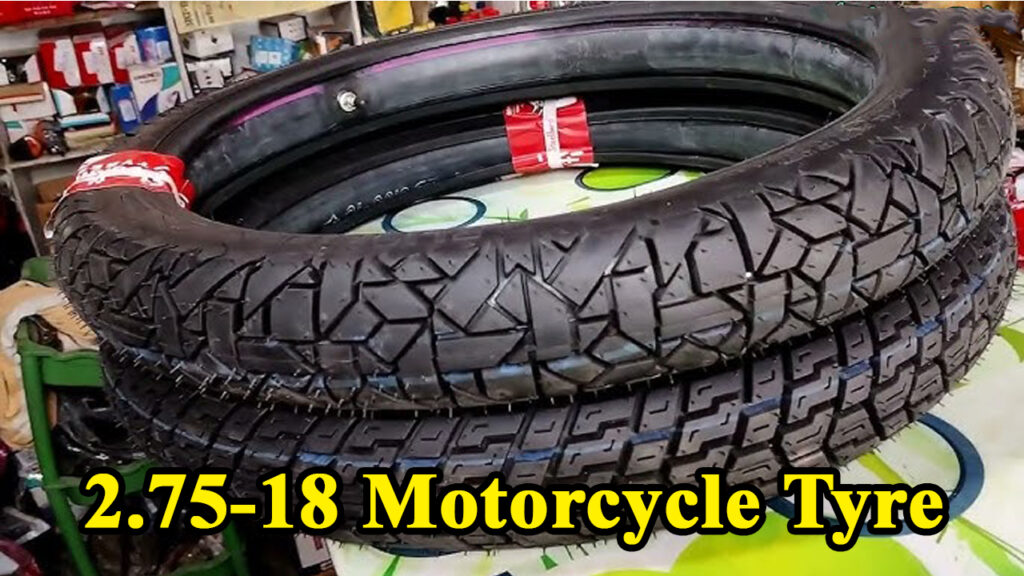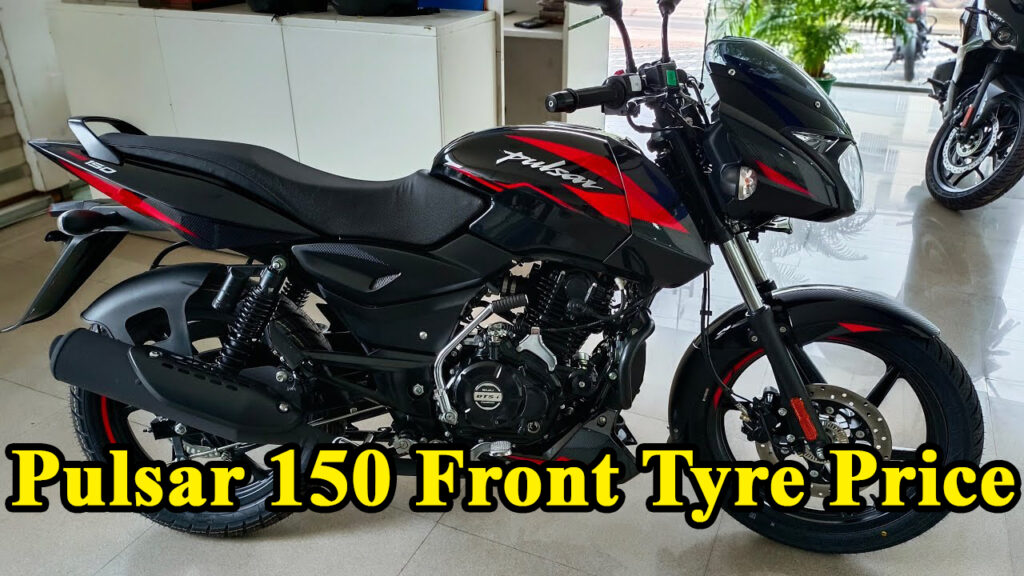As a true blue Indian biker, I’ve crisscrossed bustling cityscapes and serene highways on my two-wheeler. And through all those journeys, one thing has consistently struck me: the unsung heroes of our rides are undoubtedly the tyres. They’re the sole point of contact with the road, dictating our grip, comfort, and most importantly, our safety. In India, a brand that resonates deeply with two-wheeler enthusiasts, from daily commuters to performance riders, is TVS Eurogrip. But when it comes to “TVS tyre bike price,” what are we really looking at? It’s not just a number; it’s a blend of technology, safety, and suitability for our diverse Indian roads.
Let’s buckle up and take an in-depth journey into the world of TVS bike tyres, unraveling their pricing, understanding the factors that influence it, and helping you make the most informed decision for your beloved machine.
The World of TVS Eurogrip Tyres: More Than Just Rubber
TVS Eurogrip, a division of TVS Srichakra, has built a formidable reputation in the Indian tyre market. They understand the nuances of Indian roads – from the scorching plains to the treacherous ghats, the sudden monsoons to the occasional off-road adventure. This understanding is reflected in their expansive product portfolio, catering to almost every segment of two-wheelers.
From the humble commuter bikes that are the backbone of our daily lives to the zippy scooters navigating tight city lanes, and even the performance-oriented motorcycles that set our hearts racing, TVS Eurogrip offers a tyre for every need. Their commitment to R&D, evident in their state-of-the-art manufacturing facilities (like the one I once heard about near Madurai, a hub of automotive excellence), translates into tyres that are not just affordable but also reliable.
The Unsung Hero of Indian Roads: A Deep Dive into the 2.75-18 Motorcycle Tyre
Decoding TVS Bike Tyre Prices: What’s the Real Deal?
Understanding TVS bike tyre prices isn’t as straightforward as picking a random number. Several crucial factors come into play, each contributing to the final cost you pay at your local tyre shop or online.
-
Tyre Type: Tubeless vs. Tube Type:
- Tube Type: These are your traditional tyres, requiring an inner tube to hold air. They are generally more affordable, often seen on older bikes or budget-friendly models. For example, a TVS tube-type tyre for a basic commuter bike might start from as low as ₹1,000 – ₹1,500.
- Tubeless Type: The undisputed king of convenience and safety today. Tubeless tyres don’t require an inner tube, meaning slow punctures are more common than sudden blowouts, giving you time to reach a repair shop. They are pricier due to their more complex construction and specialized rubber compounds. Most modern bikes, especially scooters and sportier models, come with tubeless tyres as standard. The price for a TVS tubeless tyre can range from ₹1,200 – ₹3,000 for commuter/scooter segments, and significantly higher for performance bikes.
-
Size Matters: Dimensions and Their Impact on Cost: The size of your tyre – indicated by a series of numbers like “90/90-12” or “110/80-17” – is a primary price determinant.
- The first number (e.g., 90, 110) denotes the width of the tyre in millimeters.
- The second number (e.g., 90, 80) is the aspect ratio, representing the sidewall height as a percentage of the width.
- The last number (e.g., 12, 17) is the rim diameter in inches. Larger tyres, with more rubber and complex construction, naturally cost more. A 12-inch tyre for a scooter will be considerably cheaper than a 17-inch tyre for a performance motorcycle.
-
Tread Patterns & Rubber Compounds: Grip, Longevity, and Cost: The intricate patterns on your tyre (tread) and the blend of rubber used (compound) are engineered for specific riding conditions and performance characteristics.
- Commuter Tyres: Often prioritize longevity and fuel efficiency with harder compounds and versatile tread patterns for mixed city and highway use. These are typically the most budget-friendly.
- Sport/Performance Tyres: Feature softer compounds and aggressive tread patterns for maximum grip, especially during cornering and high speeds. These come with a higher price tag due to their specialized materials and performance focus.
- All-Terrain/Adventure Tyres: Designed for both on-road and off-road capabilities, with chunkier, deeper treads for better traction on loose surfaces. Their robust construction and specific design contribute to a higher cost.
-
Vehicle Segment: Tailored for Your Ride: TVS Eurogrip segments its tyres based on the type of two-wheeler:
- Scooter Tyres: Generally smaller in diameter (10 or 12 inches) and designed for city commuting. Prices are usually in the lower to mid-range.
- Commuter Bike Tyres: Common sizes like 17 or 18 inches, balancing grip, mileage, and durability for daily rides. These represent a significant portion of TVS Eurogrip’s sales and are competitively priced.
- Premium Bike Tyres: For motorcycles like the Apache series or even larger adventure bikes, these tyres are engineered for higher speeds, better cornering, and superior braking, commanding a premium price.
-
Market Dynamics & Brand Value: While TVS Eurogrip is a domestic brand, their commitment to quality and technology allows them to position their products effectively. They often offer a compelling value proposition compared to some international counterparts, which might be subject to higher import duties and associated costs. This focus on the Indian consumer makes them a go-to choice for many.
Real-World Examples: What You Can Expect to Pay
Let’s get down to some numbers, keeping in mind that prices can vary based on region, dealer discounts, and online offers. These are approximate ranges in India:
-
For Your Daily Commute (e.g., TVS Jupiter, Hero Splendor, Bajaj Platina):
- TVS Jupiter Tyres (90/90-12 Tubeless, Front/Rear): You’re typically looking at a price range of ₹1,000 to ₹1,800 per tyre. Popular options from TVS Eurogrip for scooters often include patterns like the “Dragon” or “Conti.” I recently helped my neighbour in Bengaluru replace his Jupiter’s rear tyre, and a good quality TVS Eurogrip tubeless option cost him around ₹1,400. He swears by its grip, especially on our infamous monsoon-soaked roads.
-
For the Sporty Commuter (e.g., TVS Apache RTR 160/180): The Apache series demands tyres that can handle a bit more zest.
- TVS Apache RTR 160 Front Tyre (90/90-17 Tubeless): Expect prices from ₹1,500 to ₹2,500.
- TVS Apache RTR 160 Rear Tyre (110/80-17 or 100/90-18 Tubeless): These generally fall in the ₹2,000 to ₹3,500 range. TVS Eurogrip’s “Protorq” series is a popular choice for Apache riders, offering a good balance of grip and durability. My friend, who owns an Apache RTR 160, recently upgraded to TVS Eurogrip Protorq and noticed a marked improvement in cornering stability during his weekend rides to Nandi Hills, a favourite spot for bikers outside Bangalore.
-
For the Performance Enthusiast (e.g., TVS Apache RR 310, or larger bikes): While TVS Eurogrip might not have as many offerings for super high-performance bikes as some global giants, their “Roadhound” and “Protorq Extreme” series are making significant strides.
- TVS Eurogrip Roadhound (e.g., 120/70-ZR17 Front, 180/55-ZR17 Rear Radial Tubeless): These premium radial tyres, designed for sport touring and high-performance bikes, can cost anywhere from ₹6,000 to ₹17,000 or more per tyre, depending on the size and specific model. These are serious tyres for serious riders, built with advanced compounds and construction for ultimate grip and stability at higher speeds.
Maruti Suzuki Ertiga Tyre Size: The Ultimate Guide You Need
Beyond the Price Tag: What Truly Matters (Value, Originality, and My Two Cents)
While price is a crucial consideration, it should never be the only one when buying bike tyres. Here’s why:
-
Safety First, Always: This is non-negotiable. Tyres are your only connection to the road. A few hundred rupees saved on a cheaper, sub-par tyre can lead to a disastrous loss of grip, especially in wet conditions or during emergency braking. I’ve seen enough mishaps on Indian roads to know that compromised tyres are a silent killer. Investing in good quality tyres is an investment in your life.
-
Longevity and Performance: The True Value: A slightly more expensive TVS Eurogrip tyre might offer significantly better mileage and consistent performance throughout its lifespan. This means you might end up replacing them less frequently, ultimately saving you money in the long run. Think of it this way: a tyre that costs ₹200 more but lasts an extra 5,000 km offers better value than a cheaper one that wears out quickly.
-
Originality is Key: In any market, fakes are a concern. Always ensure you are buying genuine TVS Eurogrip tyres from authorized dealers or reputable online platforms. Counterfeit tyres might look similar but lack the engineering, quality control, and safety standards of the original. Always look for the TVS Eurogrip branding and ensure the product feels robust and well-finished.
-
My Personal Touch: I remember once, during a long ride from Pune to Goa, my bike’s rear tyre (not a TVS Eurogrip at the time, ironically) started showing signs of excessive wear mid-journey. It was a cheaper, no-name brand I had opted for to save a few bucks. The constant worry about a puncture or a loss of grip on those winding ghat roads completely ruined the enjoyment of the ride. Since then, I’ve always advocated for trusted brands like TVS Eurogrip, even if it means a slightly higher initial outlay. That peace of mind is priceless. Their “DuraTrail” tyres, for instance, have received excellent reviews for their robustness on varying terrains, something many Indian adventure riders appreciate.
Tips for Smart Tyre Shopping in India
- Know Your Size: Before you even step into a shop, check your bike’s current tyre sidewall for the exact size (e.g., 90/90-17). This is non-negotiable.
- Authorized Dealers vs. Online: While online platforms like Flipkart and Amazon offer competitive prices and convenience, purchasing from an authorized TVS Eurogrip dealer often provides the benefit of professional installation, balancing, and warranty support. Plus, you get to touch and feel the tyre!
- Check the Manufacturing Date (DOT Code): Every tyre has a DOT code on its sidewall, indicating the week and year of manufacture (e.g., “2225” means 22nd week of 2025). Avoid buying tyres that are too old, as rubber can degrade over time, even if unused.
- Professional Installation: Never underestimate the importance of proper tyre installation. It involves correct mounting, balancing, and inflation. A poorly installed tyre can lead to vibrations, uneven wear, and compromised safety. Many local tyre shops (like the one near my home in Jayanagar, Bangalore, where the mechanics are veterans with years of experience) offer these services as part of the purchase or for a nominal fee.
- Regular Maintenance: Once you have your new TVS Eurogrip tyres, maintain them! Regularly check tyre pressure, inspect for cuts or punctures, and get them rotated if recommended. Proper maintenance significantly extends tyre life.
Conclusion
Choosing the right tyres for your bike is a critical decision that impacts your safety, performance, and overall riding experience. TVS Eurogrip has emerged as a strong contender in the Indian market, offering a wide range of tyres that cater to diverse needs and budgets. While the price of a TVS bike tyre can vary from roughly ₹1,000 for a basic scooter tyre to over ₹15,000 for a premium performance radial, understanding the factors that drive these costs empowers you to make an informed choice.
Don’t just look at the upfront cost; consider the value, the quality, the longevity, and most importantly, the peace of mind that comes with riding on reliable, genuine TVS Eurogrip tyres. Because at the end of the day, every ride should be about enjoying the journey, not worrying about the road beneath you.
Frequently Asked Questions (FAQs) about TVS Bike Tyre Prices
Q1: How much does a TVS bike tyre typically cost in India?
A1: The price of a TVS bike tyre in India can range from approximately ₹1,000 for a basic scooter or commuter tube-type tyre, up to ₹3,500 for a premium tubeless tyre for common motorcycles like the Apache. High-performance radial tyres can go significantly higher, sometimes exceeding ₹15,000 per tyre.
Q2: Are TVS Eurogrip tyres good value for money?
A2: Yes, generally. TVS Eurogrip positions itself as a reliable Indian brand offering a good balance of performance, durability, and competitive pricing. Many riders find them to be excellent value for money compared to some international brands, without compromising on essential safety features.
Q3: What factors affect the price of a TVS bike tyre?
A3: Key factors include: * Tyre Type: Tubeless tyres are pricier than tube-type. * Tyre Size: Larger tyres cost more. * Tread Pattern and Rubber Compound: Tyres designed for high performance or specific terrains (like off-road) with advanced compounds will be more expensive. * Vehicle Segment: Tyres for scooters, commuter bikes, or performance motorcycles have different price points.
Q4: How often should I replace my TVS bike tyres?
A4: There’s no fixed answer, but generally, tyres should be replaced when tread wear indicators are visible, if there are cracks or bulges, or if they’re constantly losing air. Even if they look good, most experts recommend replacing tyres every 3-5 years due to rubber degradation over time. Your riding style and the type of roads you frequent also play a big role.
Q5: Can I buy TVS bike tyres online?
A5: Yes, TVS bike tyres are widely available on e-commerce platforms like Flipkart and Amazon, as well as specialized tyre websites. However, it’s always advisable to ensure the seller is reputable and to get the tyres professionally installed and balanced after purchase. Some online platforms also offer installation services.




